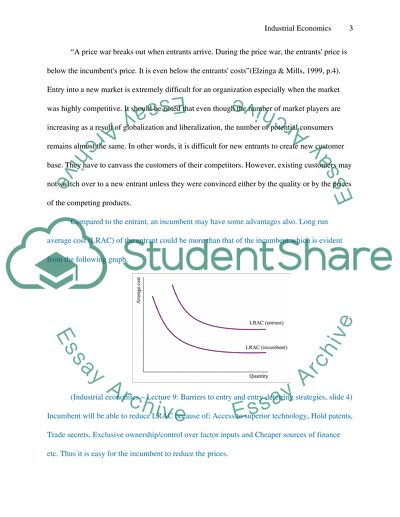Cite this document
(“Industrial Economics: Threat of Price War Essay”, n.d.)
Industrial Economics: Threat of Price War Essay. Retrieved from https://studentshare.org/macro-microeconomics/1441974-industrial-economics
Industrial Economics: Threat of Price War Essay. Retrieved from https://studentshare.org/macro-microeconomics/1441974-industrial-economics
(Industrial Economics: Threat of Price War Essay)
Industrial Economics: Threat of Price War Essay. https://studentshare.org/macro-microeconomics/1441974-industrial-economics.
Industrial Economics: Threat of Price War Essay. https://studentshare.org/macro-microeconomics/1441974-industrial-economics.
“Industrial Economics: Threat of Price War Essay”, n.d. https://studentshare.org/macro-microeconomics/1441974-industrial-economics.


